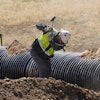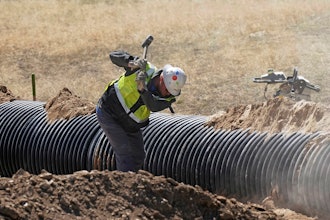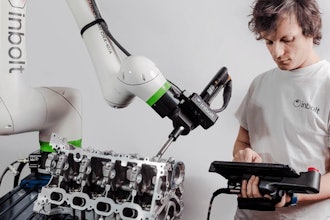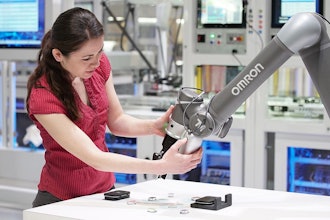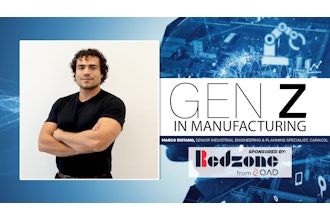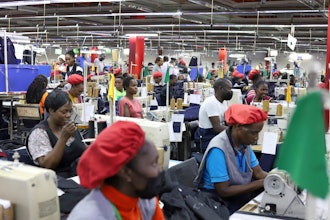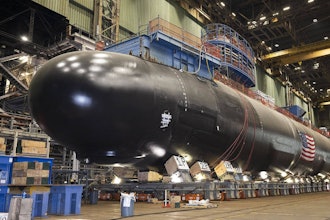Additive manufacturing, perhaps more colloquially known as 3D printing, has been a rapidly evolving technology. The capabilities are constantly improving, the technology is becoming more accessible, and it is moving away from the corporate perimeters of medical labs and engineering firms and into the hands of small businesses. Gartner alone predicts that the amount of printers shipped worldwide will double in 2015, and again in 2018.
Every now and again, though, there’s a shadow of skepticism that is thrown over the industry — a shadow that questions the legitimacy of 3D printing for a mainstream market, that the need isn’t there, that it’s creating a solution to a problem that doesn’t quite exist.
To me, I find that to be wrong — if anything, the time for 3D printing is now and one of the key adopters that will fuel the mainstream industry will be small businesses. Below are four examples of how small businesses can best use 3D printing as an effective means of manufacturing.
Prototype faster
The crux of any aspiring start-up lies in a strong prototype — it’s with the prototype that theory is put into practice. Small business owners are able to determine what works and what doesn’t with their prototypes, and it’s with this initial model that future iterations of any business’s product rely on.
However, procuring that initial prototype can be troublesome. Third party manufacturers can take time to fulfill a request, they charge at a premium, and unfortunately don’t always meet the specifications of any given order. With a readily available 3D printer, though, small businesses are able to aptly shorten the amount of required time needed to push a product from design to tangible object. The specifications of any print are always in their control and the cost savings from being able to produce product prototypes in-house are quickly incurred. If a prototype needs to be adjusted, if even by changing the smallest measurement here and there, having a go-to printer offers a more immediate result when bringing an initial idea to a physical, tangible life.
Produce en masse
3D printers also aren’t just for prototypes — they can be used for producing a finished product, as well. Once any technology-able entrepreneur produces their original prototypes through 3D printing, they can also use their units to create the actual product as well — skipping the traditional outsourced manufacturing process altogether, incurring further cost-savings and bolstering the profit margin.
And, for businesses that rely on creating customized products for their customers, 3D printing enables businesses to produce tailored products at scale. Take earphones as an example — there are companies today that design custom earphones that fit perfectly into the ear of any given customer, and then subsequently print that design for sale. With 3D printing, businesses are now able to craft tailored products with a quick turnaround, forging strong relationships with their customers while simultaneously coming across as a modern business.
Open up your own manufacturing shop
With 3D printing making immediate manufacturing more accessible, newfound opportunities present themselves for businesses to lease out their own 3D printing services to the general public or other businesses. Currently, big box retailers such as Staples and the UPS offer their own 3D printing services to the public — allowing anyone to send in their own designs and have the company print it for a fee. Both companies have already found success — and demand — in their programs, and it’s only a matter of time until 3D printing services become a common staple for other businesses, both big and small.
Full scale production on site
3D printing also, unsurprisingly, offers unprecedented efficiency when it comes to building objects in the comfort of one’s own business — and not just prototypes, but full-fledged objects. Take jewelry for example. Jewelers are able to build, in bulk, unique designs all at once —through a little bit of configuration, a jeweler could simply set up a print job to print anywhere from one to ten designs all at once — depending on the size of the print bed, that is. Once printed, all that’s left is to coat the design, polish, inset the gems and it’s ready for the storefront.
Moving beyond the jeweler example and focusing more on small businesses at large, 3D printers have the potential to help mom and pop shops everywhere remain competitive by cutting costs, letting them focus and resource more on what really matters — their business.
About the Author: Chris Elsworthy is the CEO of CEL & maker of Robox



